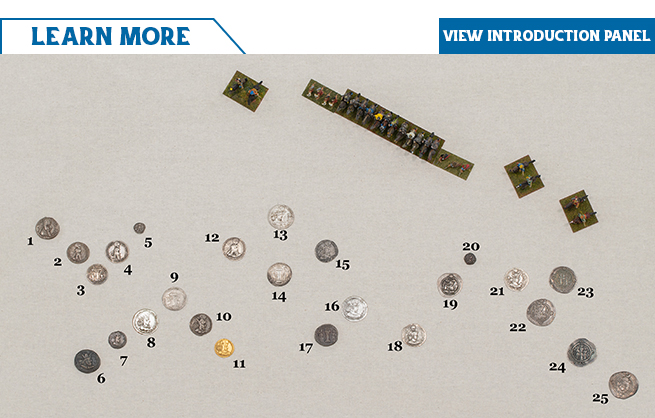
Ardashir I, king of Persis and vassal of Parthia, founded the Sassanian Empire when he revolted in 224 AD. The Sassanians assumed Parthia’s strategic role within the Silk Road trade network, as well as its enduring rivalry with the Roman Empire.
Unlike the Parthians, the Sassanians viewed themselves as the heirs of the Achaemenid Persians, unified by the state religion, Zoroastrianism. As an old, sedentary culture with a proud military tradition and national religion, they were less tolerant of religious or cultural diversity. They were much more aggressive than the Parthians, and valued military prowess more highly than economic success. After conquering Parthia, the Sassanids immediately began to expand, attacking all their neighbors – the Kushans, Romans and even militarized nomads. They ultimately expanded into central Asia, fought Rome to a bloody standstill, and seized most of western Kushan, which subsequently collapsed. The destruction of the Parthians and Kushans, combined with the collapse of the Han Dynasty and weakening of Rome, resulted in the end of the first era of the Silk Roads network. Not until the seventh century, which saw the rise of Islam and the revival of Chinese imperial ambitions, did the trade network fully recover.
Together with the Roman Empire, the Sassanian Empire was the most important money-issuing polity in Late Antiquity. Their currency left a lasting mark on the coinage of central Asia, especially amongst the Hepthalites (White Huns) and Kidarites to the north and east. Sassanian coinage was also the model for Islamic issues which gradually replaced it during the 7th century. The Sassanid Empire collapsed in 651 after the last king, Yazdegerd III was defeated by Islamic forces.
